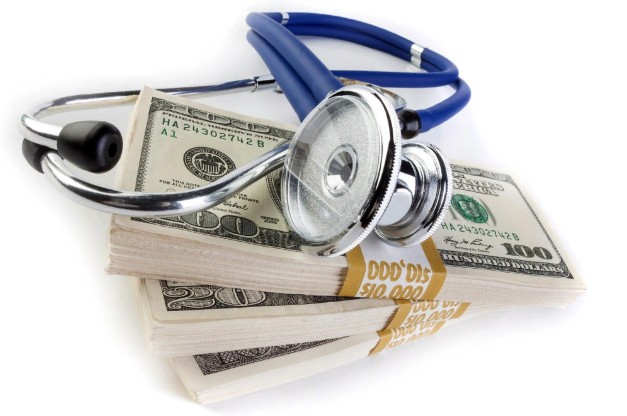An estimated 112 million Americans (44%) are unable to afford healthcare, and more than double that number (93%) believe that what they do pay is insufficient.
The findings come from two new composite ratings established to analyze the healthcare expense crisis by West Health, a nonprofit, nonpartisan organization, and Gallup, a worldwide analytics and advisory agency.
The West Health-Gallup Healthcare Affordability Index and Healthcare Value Index are based on the opinions of over 6,600 American adults and are the results of one of the largest studies on the state of healthcare in America conducted during the epidemic.
Each index is made up of three distinct measurements that assign adults to one of three categories based on their life experiences. The Healthcare Affordability Index evaluates the public’s capacity to pay for the healthcare they require, whereas the Healthcare Value Index combines Americans’ judgments of care quality with cost.
West Health and Gallup produced these measurements after the rate of Americans avoiding needed care due to cost increased in 2021.
“These indices are measuring America’s healthcare expense issue and its impact on regular Americans,” said Tim Lash, West Health’s President. Bottom line: Americans are progressively being priced out of the system, and many of those who can still afford it believe they are not receiving their money’s value.
With smarter policies that prioritize patients above profits, we can start to shift this trajectory. “
National health spending in the United States exceeds $4 trillion, and current projections indicate that it will rise at a 5.4 percent annual rate, surpassing $6.2 trillion by 2028.
Respondents who say they have three big financial problems are called “cost desperate” by the Healthcare Affordability Index.
- Unable to pay for needed medical treatment over the prior three months.
- Skipped prescribed medication due to cost over the prior three months.
- Unable to afford quality care if it was needed today.
Individuals who are classified as “cost insecure” have one or two of these affordability issues, whereas those who are classified as “cost secure” have none of these issues and can consistently access and pay for prescription medications and high-quality care.
According to these classifications, 36% of Americans are “cost insecure,” 8% are “cost desperate,” and 56% are “cost secure.
“Cost desperation is more than four times more likely in households earning less than $48,000 per year (13%), compared to households earning $90,000 or more per year (3%)Men were more likely than women to be cost-secure (60 percent vs. 53 percent), and Hispanic people were less likely than their non-Hispanic white counterparts to be cost-secure (51 percent to 58 percent).
Over a third of cost-strapped adults (35%) say they’ve cut back on utilities and half say they’ve cut back on food in the last year to pay for vital healthcare, which is ten times more expensive than their cost-secure peers.
Another 14% of this group know a friend or family member who died in the last year as a result of not seeking treatment owing to an inability to pay for it—a rate that is double that of “cost-insecure” people and seven times that of “cost-secure” people.
Aside from cost, few Americans believe they are getting excellent value for their money when they compare the quality of their care to the amount they pay for it. The Healthcare Value Index divides respondents into three categories:
- “High Perceived Value”: These persons (5% of the U.S. adult population) report that both their household and Americans generally are paying the right amount (or too little) relative to the quality of care they receive and that their most recent care experience was worth the cost.
- “Inconsistent Perceived Value”: These persons (50% of the U.S. adult population) report that either their household or Americans generally are paying too much for the quality of the care that they receive or that their most recent care experience was not worth the cost.
- “Poor Perceived Value”: These persons (45% of the U.S. adult population) report that both their household and Americans generally are paying too much for the quality of the care they receive and that their most recent care experience was not worth the cost.
“These figures are critical resources for policymakers, researchers, and the general public to evaluate and comprehend the burden of excessive healthcare expenses,” said Dan Witters, a Gallup senior researcher.
“The indexes give a complete picture of why Americans are unable to keep up with escalating healthcare expenditures and do not recognize the value of the care they are receiving.”
Methodology
The findings are based on a nationally representative web poll of 6,663 American adults aged 18 and older, living in all 50 states and the District of Columbia, conducted as part of the Gallup Panel between Sept. 27 and Oct. 18.
At the 95 percent confidence level, the margin of sampling error for results based on these monthly surveys of national adults is +1.5 percentage points.The margin of error for subgroups, like age, political identity, family income, or race/ethnicity, is usually 3 to 5% of the way down.





